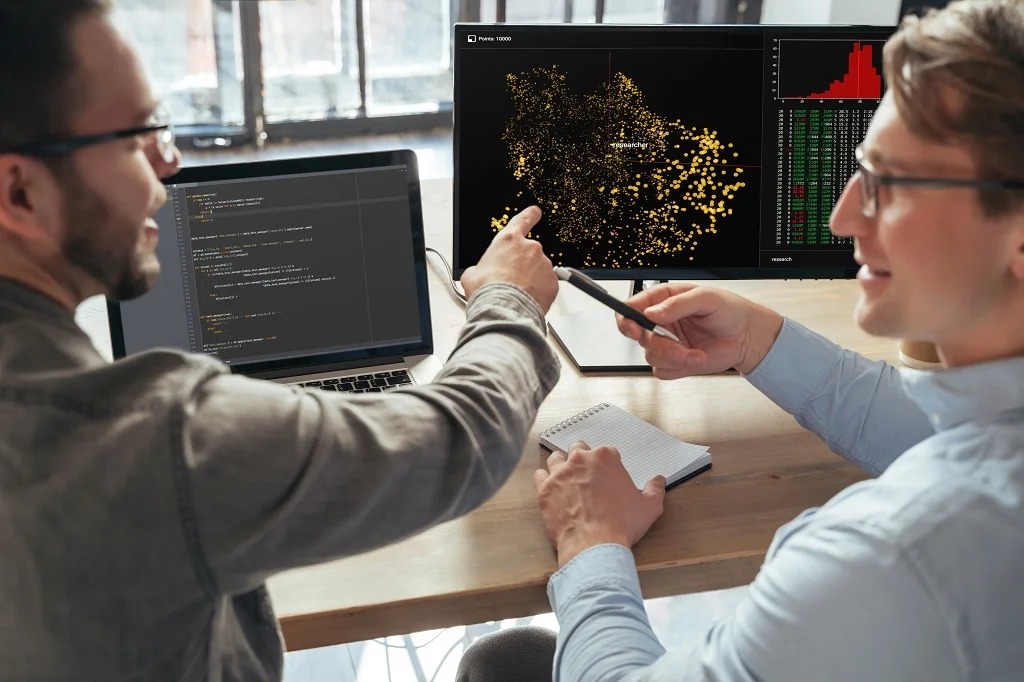Construction planning has always been a complex process requiring high accuracy levels. A single miscalculation can lead to cost overruns, delays, or structural weaknesses. Modern technology has made it easier to avoid these mistakes, and 3D model annotation tools play a big role in improving precision. These tools allow construction teams to add detailed labels, measurements, and notes to digital models, helping everyone involved understand the project better. This article looks into how 3D model annotation enhances accuracy in construction planning,
The Role of 3D Models in Construction
Before construction begins, architects and engineers create detailed blueprints. While traditional 2D drawings have been used for decades, they don’t always fully understand the project. That’s where 3D model annotation tools come in. These tools take a digital model and allow teams to mark important details, such as material specifications, structural elements, and safety considerations.
A 3D model from drone footage is often used to capture real-world conditions of a construction site. Drones fly over the area and collect high-resolution images, which are then stitched together to create a detailed 3D representation. These models give planners a clear view of the terrain, existing structures, and potential obstacles before any physical work starts.
How 3D Model Annotation Improves Accuracy
Accuracy in construction depends on clear communication and precise planning. Without the right information, workers might misinterpret blueprints, use incorrect materials, or overlook safety hazards. Annotating a 3D model from drone footage ensures everyone can access crucial details.
Here’s how annotations improve accuracy:
1. Better Communication Between Teams
Construction projects involve multiple teams, including architects, engineers, contractors, and site managers. Each group has different responsibilities, and miscommunication can cause serious issues. When annotations are added to a 3D model, they serve as a universal reference point.
For example, if an engineer marks a specific load-bearing wall and includes material specifications, the construction crew can immediately see this information and follow the correct guidelines. This reduces the risk of mistakes and keeps the project on track.
2. Enhanced Measurement Precision
Measurements are one of the most critical aspects of construction. A minor error in dimensions can lead to costly rework. 3D model annotation allows users to add precise measurements directly onto the model. Instead of relying on separate documents or rough estimations, teams can see exact distances, angles, and structural heights right on the visual model.
For instance, annotations can specify the exact spacing needed to support the structure when planning the placement of columns. This prevents alignment issues and ensures that materials fit correctly during construction.
3. Improved Site Analysis and Risk Assessment
Construction sites often have uneven terrain, underground utilities, or environmental restrictions. Using a 3D model from drone footage, teams can analyze these conditions before breaking ground. Annotations help highlight areas that need excavation, reinforcement, or protection.
For example, if a construction site has a sloped area that could cause water drainage problems, an annotation can mark it for special grading or erosion control. This prevents future issues like foundation instability or flooding.
4. Streamlined Permitting and Compliance
Construction projects must follow local building codes and safety regulations. Submitting detailed plans to regulators is part of the approval process, and annotated 3D models make it easier for officials to review the project.
Instead of submitting separate documents for compliance, teams can annotate the model with notes on fire exits, handicap accessibility, and structural reinforcements. This speeds up approvals and ensures that all necessary adjustments are made before construction starts.
5. Efficient Material and Resource Allocation
Ordering the right materials and managing resources efficiently can save both time and money. 3D model annotation helps planners organize material lists and distribution schedules. Instead of manually tracking supply needs, teams can label different sections of the model with exact material quantities.
For example, if a concrete foundation requires a specific type of rebar, an annotation can include that information along with supplier details. This reduces ordering errors and ensures that materials arrive on-site when needed.
Future of 3D Model Annotations in Construction
As construction technology advances, annotation tools will become even more sophisticated. Artificial intelligence and automation are being integrated into these tools, making it possible to generate annotations automatically based on project requirements.
Soon, augmented reality (AR) may allow construction workers to view annotated 3D models directly on-site through smart glasses or tablets. This would provide instant access to critical information without consulting separate documents.
Conclusion
The use of 3D model annotation is transforming how construction projects are planned and executed. These tools reduce errors and increase efficiency by improving communication, enhancing measurement accuracy, and streamlining site analysis. When combined with drone footage, construction teams get a complete, real-world view of the site before work begins.
